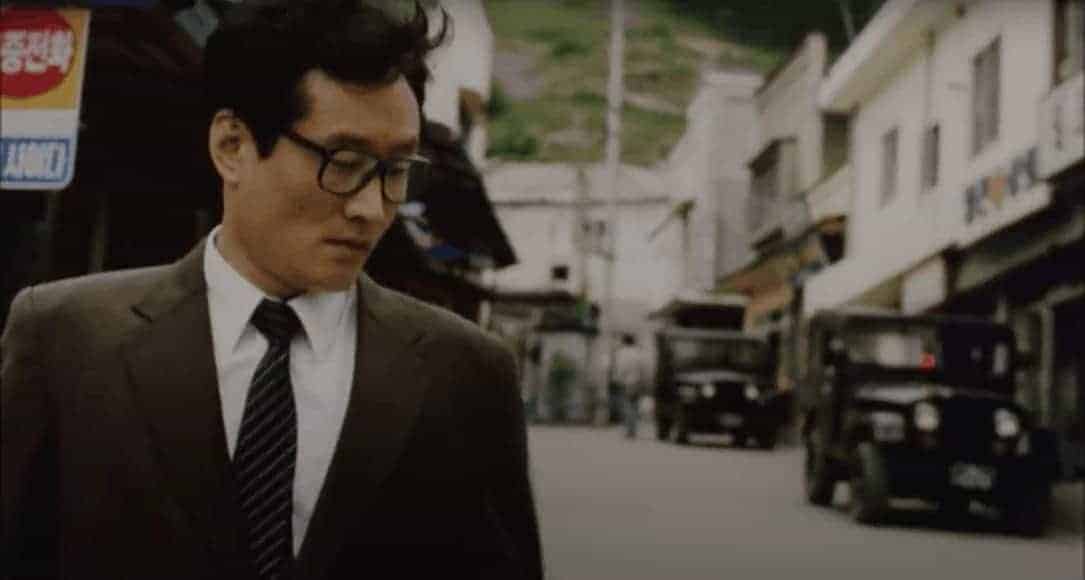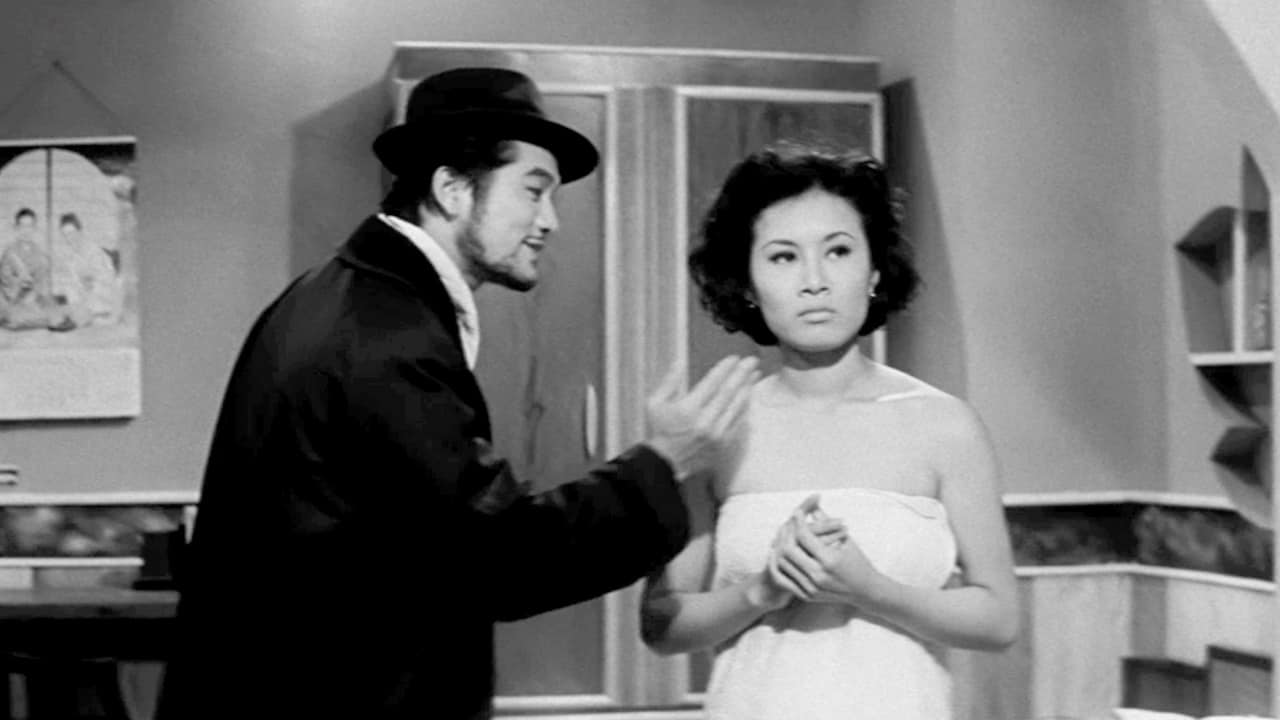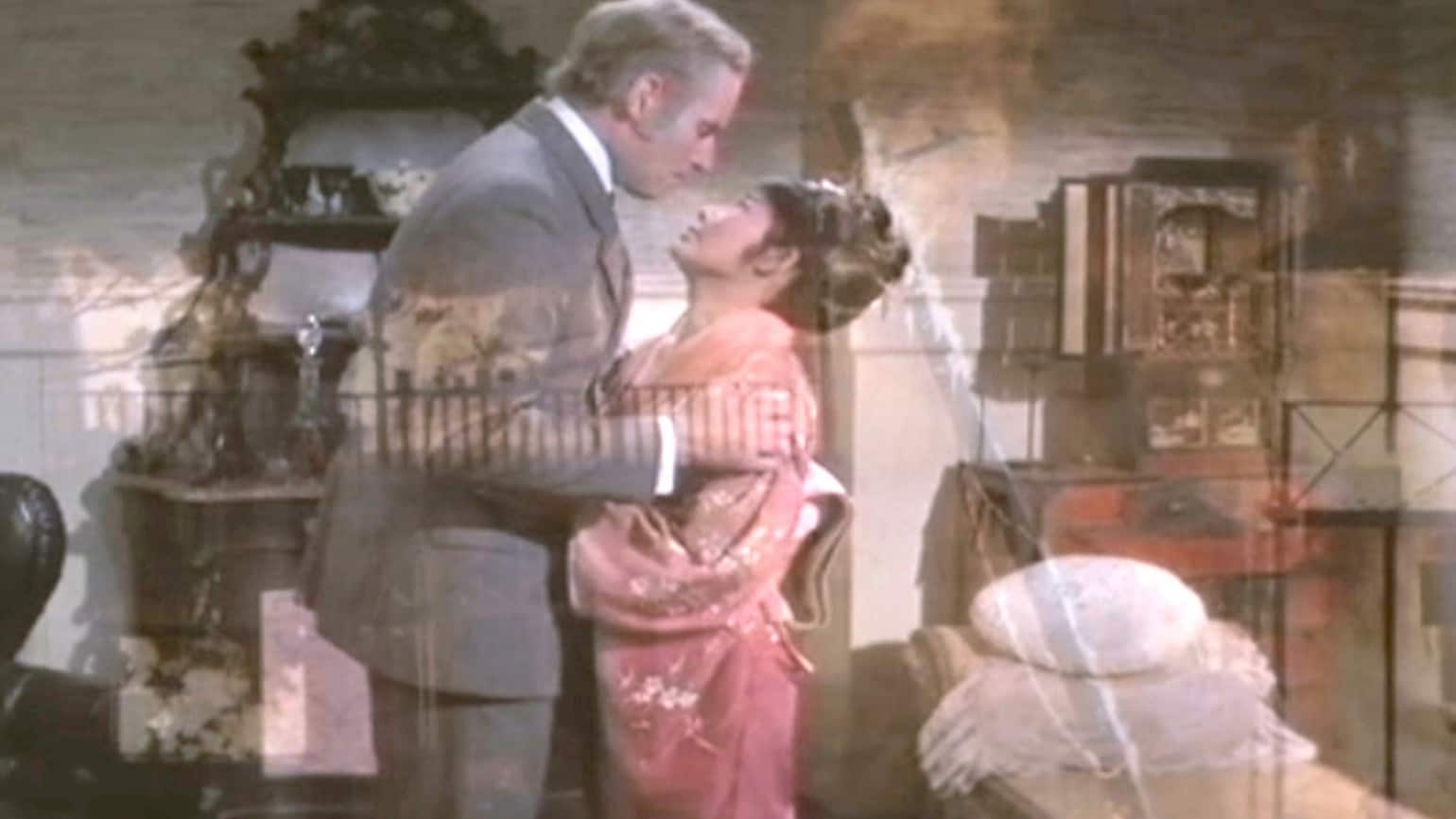While it might sound simple in theory, finding one's true calling is perhaps one of the most demanding challenges in life. No amount of knowledge can prepare a person for this seemingly endless and at times quite frustrating task, but the rewards of finally recognizing that one thing, that passion and love for something is truly magnificent. What is most surprising is when it catches you off guard with a craft, a hobby or a piece of art which has nothing to do with how you lived and perceived your life before, and thus has the potential to change the course of your life. For his debut feature “Haruka's Pottery” such a discovery is the foundation of the story for director and screenwriter Naruhito Suetsugu. It is about a young woman finding her true calling, the challenges that come with it and about discovering the astounding skill to change one's life.
“Haruka's Pottery” is screening at Camera Japan Festival

For 20-year-old Haruka (Nao) life holds no more surprises. Working in an office building, a job which does not demand much from her and leaves her ultimately unsatisfied, she expects the rest of her life to include a fittingly unfulfilling marriage within a very normal, middle-class environment. However, everything changes when she sees an exhibition of Bizen pottery with a large, beautiful plate catching her eye. Inspired by the exhibition she seeks to find out more about the art of Bizen pottery and even travels to Okayama, a small town famous for its long history of pottery and also home to the artist who made the plate, Osamu Wakatake (Hiroyuki Hirayama). Their first encounter does not go as planned though, with Haruka being quite nervous and the potter being impatient with the young girl and her desire to be his apprentice
Although their first meeting was not as positive as she hoped, Haruka gives up her job and apartment in Tokyo and moves to Okayama. With the support of Tojin Sakaki (Takashi Sasano), one of the town elders and a friend to Osamu's father, she manages to become Wakatake's apprentice. As time goes by, she gets to know about the potter's past, his father's death and how he has become a recluse over the years, but also about the art of pottery. Eventually she even succeeds in getting through to Osamu, who slowly introduces her to his working routine.
Whereas there is an undeniable charm in the premise of a story like “Haruka's Pottery”, its themes and overall structure is not entirely unique. The idea of finding someone's true calling, which is quite far off from the life one has led up to a certain point is quite familiar, and is often more interesting for its introduction to the skill or art responsible for the character's change. In this case, Suetsugu frequently shows his viewer the sheer beauty, versatility and long history of Bizen pottery, through the dialogue, but more interestingly, through the images of the characters actually crafting various pots, cups and flasks from clay. Throughout the story, the viewer understands the importance of the craft for the characters as well as their environment, even with the changes the modern world brings with it.
At the same time the core allegory of the art of pottery resembling life in general becomes apparent rather quickly. Especially Takashi Sasano's character, who functions as a sort of mentor for Haruka as well as Osamu, explains how the art of pottery frequently reflects the biography, the various disappointments and experiences of loss, especially for Osamu. The phrase of “earth, fire and the connection to other people” being the materials of a potter, essentials which makes one a true master of the craft, further emphasizes the significance of the allegory within the story. Eventually, it may also highlight perhaps the biggest flaw in the story with its premise and development not justifying the nearly two hours of running time, which is sadly a common flaw in Japanese cinema nowadays.
In the end, “Haruka's Pottery” provides an entertaining and often quite delightful experience, with especially the scenes showing the craft of the potters and their various pieces being quite brilliant. While it certainly could have used a bit more editing, there is still much fun to be had with Naruhito Suetsugu's first feature.















